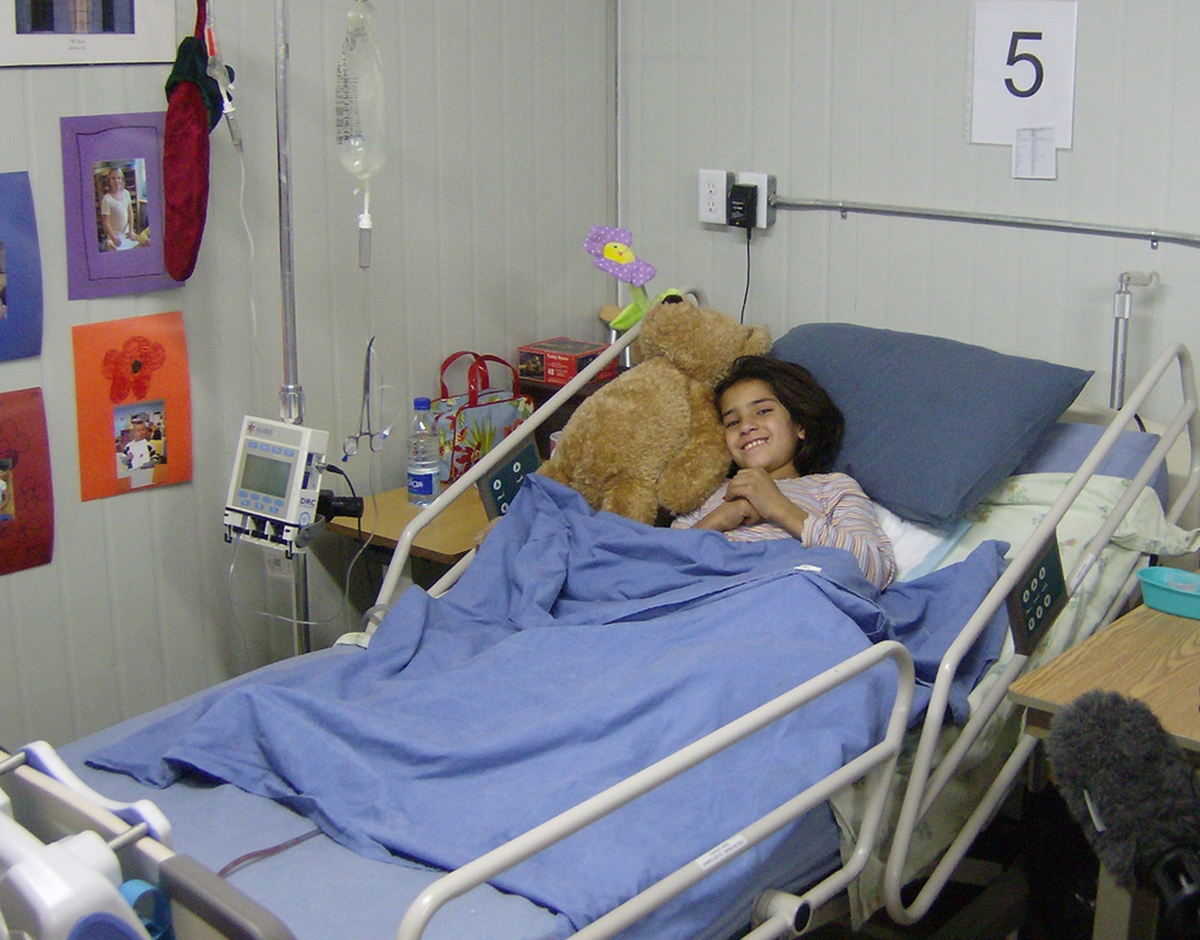Table of Contents
Before Surgery
Before a person undergoes surgical anesthesia, a doctor should be told if a female is pregnant or if the person is taking any medications or herbal supplements. General anesthesia is usually safe because of modern equipment, medication and safety standards that are followed. Most individuals recover from anesthesia and do not experience any setbacks, however, there are those rare instances where complications can occur, so it is not without risk.

New Forms Of Anesthesia Discovered
According to the World Forum for Medicine, Penn Medicine researchers found a way to better understand how anesthesia works in the body. The team has found the first new class of anesthetics since the 1970s. The findings detail the process through which the group was able to locate these compounds.
A team led by Dr Roderic G Eckemhoff of the University of Maryland notes the development of novel anesthetics has historically been a process of trial and error, with most new ones developed via modifying an already existing anesthetic. Propofol, the most commonly used anesthetic in America, and the most recently developed, was very much a product of experimentation. The drug was originally developed in Europe and not used because patients were experiencing anaphylactic reactions. While the drug was reformulated and improved with water and soybean oil, it still remains highly potent.
In this particular study, the research team reviewed an assay based upon ferritin and a drug-like molecule called aminoanthracene, to test more than 350,000 different compounds for anesthetic properties. This process was performed in conjunction with the National Chemical Genomics Center (NCGS) at the NIH. It requires millions of separate assays, something that would, under normal circumstances, take decades of work, but at the NCGC it only took a week’s time.
The researchers then had to confirm that the hits from this test behaved like anesthetics in animal models, not just in a test tube (in vitro). The second test was performed by Dr Andrew McKinstry, a teacher in the department of Anesthesiology and Critical Care, and it resulted in two of the compounds being identified as effective and non-toxic anesthetics when used in mice. Both compounds were of a novel chemical class, as well as completely unrelated to any currently used general anesthesia.
See Also: The Science Of Anesthetics
The goal was to identify compounds with high potency, but with low toxicity. Medical science is a very long way from getting these drugs into people and rigorous testing is still necessary. However, the primary conclusion of this new study is that it provides doctors and medical professionals with an entirely new approach to identifying novel anesthetics and there are now at least two known compounds that can be utilized and tested further.
More study and further advancement is needed in order to understand just how these new compounds work and how they may be best utilized.
- www.medica.de/cipp/md_medica/custom/pub/content,oid,50564/lang,2/ticket,g_u_e_s_t/local_lang,2
- www.mnwelldir.org/docs/history/anesthesia.htm
- neurosurgery.mgh.harvard.edu/History/ether1.htm
- www.ncbi.nlm.nih.gov/pubmed/22583009
- http://www.nlm.nih.gov/medlineplus/ency/article/007410.htmPhoto courtesy of Bennovakovic via Flickr: www.flickr.com/photos/bennovakovic/1089779241
- Photo courtesy of ResoluteSupportMedia via Flickr: www.flickr.com/photos/isafmedia/3104330258


Your thoughts on this